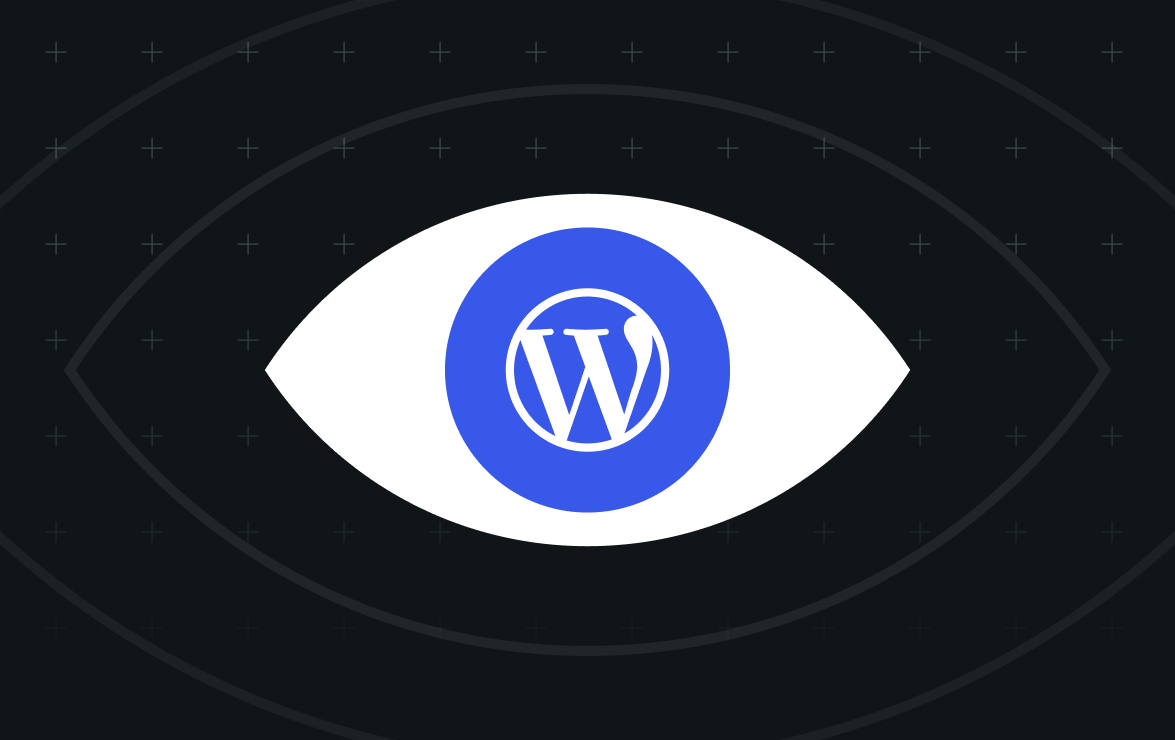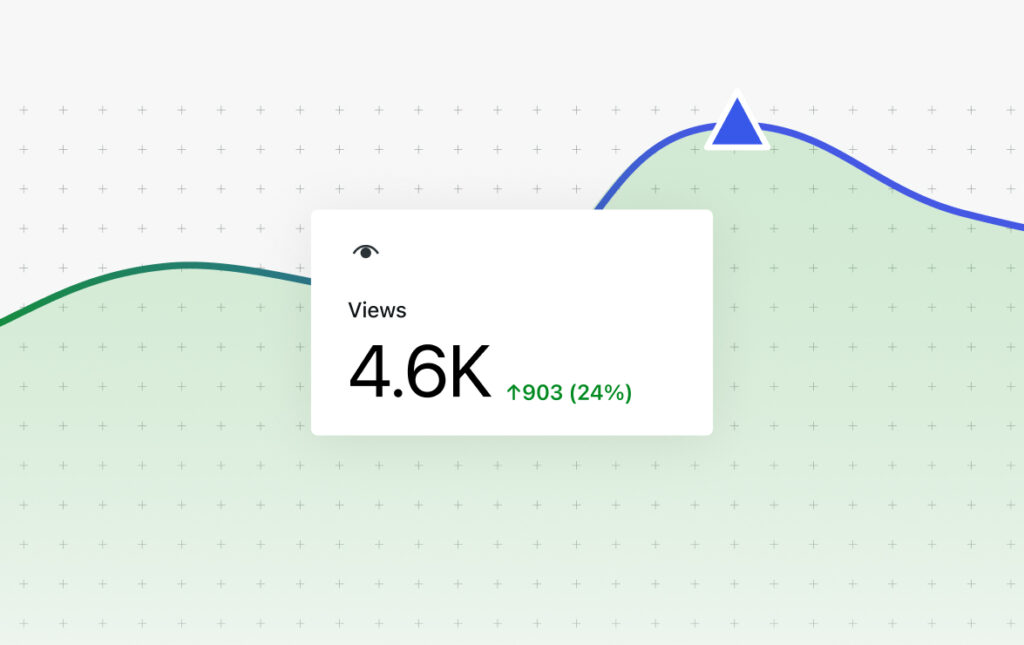Now Reading: 11 Common WordPress Myths vs. Reality
-
01
11 Common WordPress Myths vs. Reality
11 Common WordPress Myths vs. Reality

For years, many believed that WordPress was only for blogging: too complicated and too vulnerable to cyberattacks.
These misconceptions spread relentlessly like the viral Labubu dolls.
To debunk the most common WordPress myths, I’ll share real success stories backed by my decade of experience working with this platform.
By the end of this post, you’ll learn more about our platform’s actual capabilities and determine if it fits your needs.
TL;DR: 11 Common myths about WordPress, debunked
| Myth | Reality |
| Myth #1: WordPress is only for blogging. | WordPress powers 43.2% of the web, including ecommerce stores, corporate sites, and government agencies. |
| Myth #2: WordPress is insecure. | Most vulnerabilities stem from weak passwords and outdated plugins. The core WordPress software is regularly audited, keeping you ahead of cyber attacks. |
| Myth #3: WordPress is low quality because it’s free. | WordPress being free doesn’t mean it’s low quality — it’s open-source software built and continuously improved by thousands of expert developers worldwide. |
| Myth #4: WordPress.com is expensive. | WordPress.com provides managed WordPress hosting with built-in security, backups, support, and performance optimization. The WordPress software itself is free — you’re paying for the services essential for keeping your site fast, secure, and reliable. |
| Myth #5: WordPress sites are always slow. | Properly configured sites load quickly, with 60–70% TTFB (Time to First Byte) improvements possible. |
| Myth #6: All WordPress sites look the same. | The WordPress.com AI website builder and Site Editor, 1,000+ customizable themes and plugins, and other customization features enable unique designs. |
| Myth #7: WordPress isn’t scalable. | WordPress powers everything from personal blogs to growing websites, thanks to an advanced infrastructure that handles high traffic smoothly. |
| Myth #8: You can’t use third-party themes or plugins on WordPress.com. | All paid plans support third-party plugins; Business and higher plans offer granular customization of layouts, styles, and more via custom themes. |
| Myth #9: WordPress is complicated. | Anyone can learn WordPress. You can easily build functional sites using the WordPress.com AI Website Builder or Site Editor — no coding required. |
| Myth #10: WordPress.com has limited customization. | WordPress.com offers extensive customization, with access to plugins, themes, and AI tools. On Business and higher plans, you can take full control — customizing layouts, navigation, and code — while still benefiting from managed hosting. |
| Myth #11: WordPress.com owns your content. | You keep full ownership of your content, and you can migrate your site whenever you want. |
Now that we’ve got the TL;DR out of the way, let’s debunk each myth in detail.
Myth #1: WordPress is only for blogging
Reality: WordPress powers ecommerce stores, corporate websites, portfolios, magazines, government agencies, and more.
Originally known as a blogging platform, WordPress now runs over 43% of the web, including Fortune 500, government agencies, ecommerce experiences, and national media sites.
With robust design tools, AI features, and thousands of themes and plugins, you can create virtually any type of website.
For example, using the WordPress.com AI website builder, I generated a full business coaching site in minutes — complete with an aesthetic header image, clear copy, and a professional layout:
Bigger companies also benefit from using WordPress, as our features span beyond web building and hosting.
In a notable success story, Endoh Collaborative partnered with WordPress.com to access our agency services, like client management tools and a partner directory referral program.
WordPress.com supports your needs at every stage, with features for whatever website you want to create — be it an ecommerce store, small business, or corporate initiative. All paid plans offer unlimited bandwidth, expert support, managed hosting, and access to plugins and themes.
Myth #2: WordPress is not secure
Reality: Most cyber attacks are caused by weak passwords or outdated plugins. WordPress’s core is audited by thousands of developers, keeping you one step ahead of attacks. For peace of mind, use a managed WordPress host like WordPress.com — site updates, backups, and security patches are handled automatically.
Because WordPress is open source, some folks assume it’s vulnerable to security threats.
As a WordPress user for 10+ years, my websites have remained secure through intentional security practices. For example, WordPress.com updates my site to the latest, most secure version and takes care of plugin safety and performance, so I don’t need to monitor it constantly.
The reality is: even the most robust CMS becomes vulnerable when burdened with inefficient plugins, according to experienced developers.
Note the Reddit comments below where they talk about how poorly coded plugins slow down sites and create security gaps:

Safeguard your website on WordPress.com today. Our managed hosting plans offer complete security through SSL certificates, advanced firewalls, brute force prevention, encryption, and DDoS protection.
Myth #3: WordPress is low quality because it’s free
Reality: WordPress is free for a reason — not because it’s low quality, but because it’s open-source software.
WordPress is built and maintained by thousands of developers and designers around the world who contribute their expertise to keep improving it.
This community-driven model is what makes WordPress so powerful.
Every update, feature, and security enhancement is peer-reviewed and tested before release.
WordPress.com adds managed hosting, security, and performance features to the mix, making it easier to run a fast, reliable site without extra effort.
Plus, our community runs hundreds of WordPress events worldwide.
For example, WordPress.com sponsored WordCamp US, a popular WordPress conference, this year. At WordCamp, thousands of WordPress beginners and experts come together to exchange knowledge on the open source software.
This collaborative culture moves WordPress further. It never stagnates.
Myth #4: WordPress.com is expensive
Reality: The WordPress software itself is free, but building and running a professional website always involves essential costs like hosting, a custom domain, and maintenance.
With WordPress.com, those costs are bundled into simple, transparent plans that include managed hosting, security, backups, and expert support.

You also get access to features like the AI website builder, premium themes, plugins, and 24/7 support.
The best part? It’s also possible to start for free and upgrade when you’re ready to launch your website.
Compared to juggling separate services on self-hosted setups, WordPress.com often ends up being both affordable and easy to manage.
Myth #5: WordPress sites are always slow
Reality: WordPress sites can be fast. Your site speed depends on your hosting, theme, and plugin quality.
WordPress sites load quickly when configured correctly.
On WordPress.com, websites include built-in caching to reduce server load. Combined with our optimized WordPress.com themes, your site stays fast without extra setup.
For example, when LUBUS migrated a client’s site to WordPress.com, it observed a 60% to 70% improvement in TTFB (Time to First Byte), indicating faster page loads and reduced visitor bounce rates.
Tip: TTFB measures how long it takes a visitor’s browser to receive the first byte of data from the server. A low TTFB score indicates faster page loads and better user experience. According to Google, a good TTFB score is 0.8 seconds or less.
We credit our full-stack infrastructure for LUBUS’s massive TTFB improvements.

WordPress.com’s Global Edge Caching uses 28+ data centers across six continents, routing your site content from servers closest to each visitor. This ensures your site loads fast, no matter where they’re located.
Our infrastructure also automatically resizes images via our Site Accelerator CDN (Content Delivery Network). This helps pages load quickly, even during traffic spikes.
Myth #6: All WordPress sites look the same
Reality: You can create unique websites and customize them using the WordPress.com AI website builder, Site Editor, and thousands of plugins and themes. You can also code or upload custom themes if you’re on the Business and higher plans.
Whether you want to pick from 1,000+ professionally designed WordPress themes, enhance your site with plugins, or create something from scratch using AI prompts — customization is simple.
For example, when I built a dog shelter site with the AI website builder, I started by giving it a short brief: the organization’s name, goal, and address.
The tool generated the first draft in seconds — a clean scarlet-red design with a Beagle in the hero image, which fit the “senior dogs” mission of my website perfectly.

From there, I customized.
I asked the AI to swap the Beagle for a pack of six dogs playing in a garden to shift the mood to something warmer and more energetic.
I also had it rewrite the homepage copy in a friendly, second-person tone to nudge visitors to get involved.

In a few minutes, I went from a solid AI draft to a site that felt uniquely mine.
Myth #7: WordPress isn’t scalable
Reality: WordPress powers everything from personal blogs to enterprise-level sites, supported by infrastructure that handles high traffic with ease. On WordPress.com, you also get robust managed hosting that scales automatically, so your site stays fast and reliable as it grows.
WordPress’s performance architecture makes it easy to scale without downtime — especially when you’re using a managed platform like WordPress.com.
For example, after Jelly Pixel Studio moved its client sites to WordPress.com, the agency saw improved stability and faster load times. Even during traffic spikes, uptime remained at 100%.
As the founder put it, WordPress.com’s infrastructure felt “literally magic,” saving him from countless emergency calls about performance issues.

Two core features help keep WordPress.com sites consistently fast and stable:
- Global Edge Caching: Delivers content from data centers closest to your visitors.
- Site Accelerator CDN: Offloads your image and static files to reduce server load and improve overall performance.
Myth #8: You can’t use third-party themes or plugins on WordPress.com
Reality: WordPress.com Personal and Premium plans now support third-party plugins, alongside all other plans. Business, Commerce, and Enterprise plans also let you upload and use third-party themes for full design flexibility.
You can extend your site with any plugin from the WordPress ecosystem, whether you’re adding advanced SEO tools, contact forms, or custom integrations.
Since the core platform includes essentials like security, backups, and performance optimization, you can safely experiment without worrying about maintenance or compatibility issues.
In short, WordPress.com gives you full creative freedom — with the added benefits of managed hosting, automatic updates, and expert support.
Myth #9: WordPress is complicated
Reality: WordPress can feel unfamiliar at first, but anyone can learn how to use it. The platform has a learning curve — like any powerful tool — yet there’s a huge library of tutorials, courses, and community support to help you get comfortable quickly. AI tools like the AI website builder also speed up the process.
You don’t need to be a designer or developer to build a professional website with WordPress.
Once you learn the basics, the Site Editor lets you add and move elements — like headings, buttons, payment blocks, or images — with just a few clicks.

If you prefer extra help, the AI website builder can generate your first site draft in minutes.
For example, remember the dog shelter website I built?
All I needed to do was use text prompts to create the drafts and add visual changes.

With a bit of practice — and access to a supportive community — most WordPress users quickly go from overwhelmed to confident site owners.
Tip: If you need help, tap into our courses, guides, AI assistant, or expert support (for paid plan users of WordPress.com). Our forums, actively supported by WordPress.com staff and experienced users, are also available for all users.
Myth #10: WordPress.com only suits beginners
Reality: While WordPress.com is beginner-friendly, it also offers advanced tools for experienced users. All paid WordPress.com plans support third-party plugins, while Business, Commerce, and Enterprise plans also let you upload fully custom plugins and themes you’ve built yourself.
Many users see WordPress.com as a “lite” version of WordPress and assume it offers limited customization.
Some even claim that WordPress.com locks you into set templates with no plugin access.
The reality is more nuanced:
- All WordPress.com paid plans allow third-party plugins, helping you expand your website’s capabilities in various ways.
- Business, Commerce, and Enterprise plans support fully custom plugins and themes for deeper control.
- Premium plans and above include custom CSS, so you can adjust layout, typography, spacing, interactions, and more.
- Business, Commerce, and Enterprise add developer tools like SFTP/SSH, WP-CLI, Git commands, and GitHub deployments for streamlined, professional workflows.
Tip: All WordPress.com paid plans include automatic updates, security, analytics, and plugins (e.g., Jetpack Social for social sharing, Akismet for spam protection).
Myth #11: WordPress.com owns your content and locks you in permanently
Reality: Only you control your WordPress content, whether it’s your posts, pages, media, or followers.
You own all content published on your WordPress site. Automattic doesn’t own your data.
In fact, we explicitly mention this in our Terms of Service: “We don’t own your content, and you retain all ownership rights you have in the content you post to your website.”
You can manage your content however you want: delete it, monetize it, sell premium content using the Paid Content block, accept tips through the Donations Form block — or migrate to another host at any time.

These WordPress myths are just that…myths
Now that this post has debunked the myths, you can confidently use WordPress for your website.
Hosting it on WordPress.com is also the best option if you want unlimited bandwidth and “done for you” technical maintenance.
Our pricing scales with your growth. Start free, then upgrade when you need a professional site with advanced features.
All paid plans offer unlimited bandwidth and visits — there’s no traffic slowdown or surprise fees in high-traffic events. Plus, you get a free domain for one year, fast support, 50,000+ plugins, and more.
Original Post https://wordpress.com/blog/2025/11/18/wordpress-myths/
















